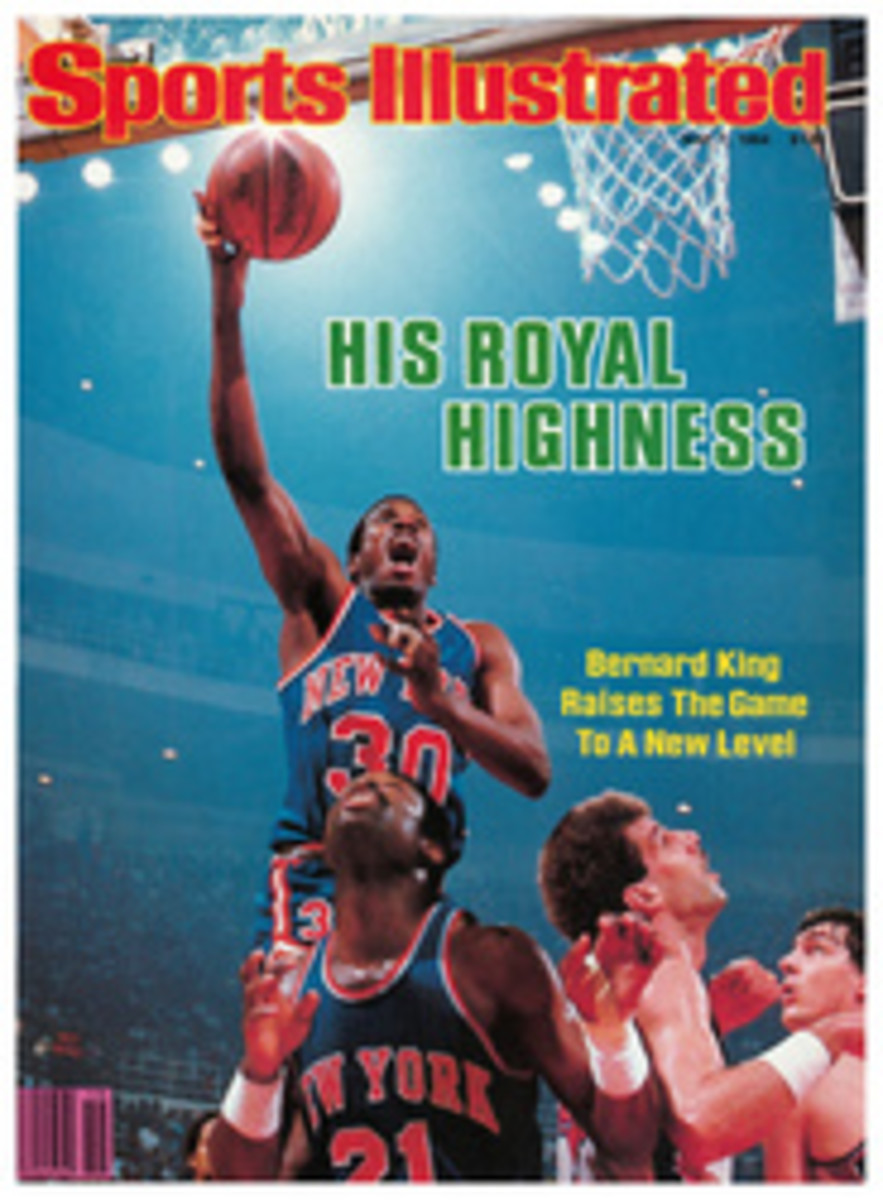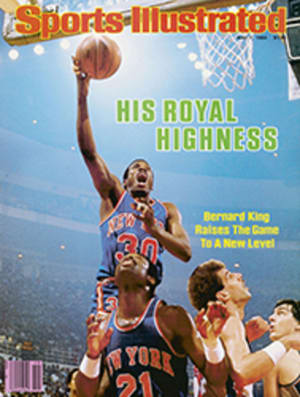
ABOARD HIS FAITHFUL YELLOW BIKE, A BOLD EXPLORER BLAZED NEW TRAILS
On a bright afternoon in early summer, my father appeared at the backyard gate wheeling a yellow bike. "Here," he said, propping it against a metal fence post. Then he walked toward the house, smiling; he'd just expanded my range and my dreams by several miles. I'd wanted a two-wheeler since turning six, but my mother had protested vigorously. When she was a young girl, her older brother, aboard a bike, had once chased her through a 30-acre pea field. It was an experience that left her suspicious of bikes, and she didn't want me on anything that might put distance between a boy and his mother. Evidently, though, my father had convinced her that I should have a means of getting beyond the backyard, beyond the old railroad tracks down the road. What I wanted was transportation to the fish and the mysteries of Fog Run and then on to the great unexplored world beyond it. There were trout at Fog Run, the older boys said, hardy, fat fish hugging the stream's rocky bottom. Fog Run was two miles down the old dirt farm road from our house, but, before the appearance of the yellow bike, it might as well have been in another state, for I knew of it only from the stories told to me by men and older boys.
My father got the yellow bike in the city. It had served a boy there well for years, but he had grown up and had graduated from bikes to Chevrolets. Even after years of delivering evening newspapers, dodging cabs and outrunning city buses, the bike was still in fine shape. It was 20 inches high at the handlebars and had a well-worn seat of brown leather. It had balloon tires with tread that resembled cleats, a headlamp, a rearview mirror and a wire basket attached to the bars. It had neither a chain guard nor fenders, and except for its bright yellow color, it reminded me of the hardy. World War I military bikes I had seen in books, their riders dashing about the trenches delivering the latest news. I changed the bike's appearance little, though I did add wire saddle baskets at the rear and, at my mother's insistence, 10 orange reflectors and a horn.
A true all-terrain, all-weather vehicle, the yellow bike saw steady action throughout every season. Indeed, it seemed to thrive in inclement weather, sliding eagerly through snow and sleet, sloshing gallantly through mud. Over the years I delighted in testing it. On one blue-cold January morning, when I was on the trail of grazing rabbits, the bike suddenly tumbled me headfirst down an ice-covered hillside, dispersing the rabbits and raising a considerable knot on my head. Six months later it ejected me into Fog Run as I was trying to cross the stream by way of a fallen oak tree. The yellow bike was one machine that held strong opinions about where it would and wouldn't go and under what circumstances. Whenever I planned to spend a night in the woods along Fog Run so that I might greet the fish at sunrise, the bike's chain would jump its sprocket five feet beyond the back gate and every 100 yards or so thereafter. I usually reached Fog Run about noon the next day.
Those rare days when the bike and I weren't exploring the dark hollows of Mount Herman, two miles from home, or fishing or tracking raccoons below Fog Run were usually spent on maintenance. The yellow bike was taken to the shed and washed and dried, the chain greased, sprocket and spokes checked, nuts tightened, tires filled. On school days I would pore over maps, planning some grand weekend expedition to Fog Run for record-breaking trout or a journey into the woods in search of wise old bucks that would elude every hunter but me. In winter we would track wild turkeys, and spring was spent listening to songbirds in the woods. In the autumn we watched the sky for the first ducks and geese that would touch down along the stream and, then, flying away, fill the air with the flapping of their wings.
Because the yellow bike seemed able to carry roughly as much cargo as a small freight car when loaded for a trip, it often took on the appearance of an overburdened, swaybacked packhorse. Viewing the great heaps of fishing and camping gear strapped, tucked, tied and balanced on it, my father used to say the bike resembled a two-wheeled camel.
Standard equipment aboard the bike, however, never varied. Brackets below the seat kept a tight grip on a pump, a handy piece of gear, considering the bike's habit of picking up every fishhook I ever dropped, lost or miscast. A small leather case in the right saddle basket contained a first-aid kit consisting of one Ace bandage, three cans of assorted Band-Aids and a Hershey bar. In the left saddle basket, wrapped in an Army blanket, were fishhooks, a compass, a candle and matches, links of bicycle chain, pliers, a canteen of Kool-Aid, a baseball cap and poncho, a notebook and pencil.
On Saturday mornings during the school year, on most holidays and during the summer, I was up early and on my bike, exploring every point of the compass. There were evenings along Fog Run, with a clear moon rising, spent listening to barred owls deep in the woods and to the sound of fish jumping. While I fished, the bike waited patiently among the hickories and water elms. While I listened to and watched the first winter ducks, it lay on its side by the river. Otherwise, it was under me, carrying me always toward new terrain.
Several years ago I came upon the yellow bike in the shed behind the old house. It was dusty, dressed in cobwebs, leaning against some old apple crates. Except for two flats, it looked healthy, ready to take to the woods. So I'll clean it up, fix the flats and ready it for my son—a bike to broaden his horizons and his dreams, a bike to take him where the fish wait, fat and iridescent, hugging the stream's rocky bottom.
ILLUSTRATION
ED RENFRO

